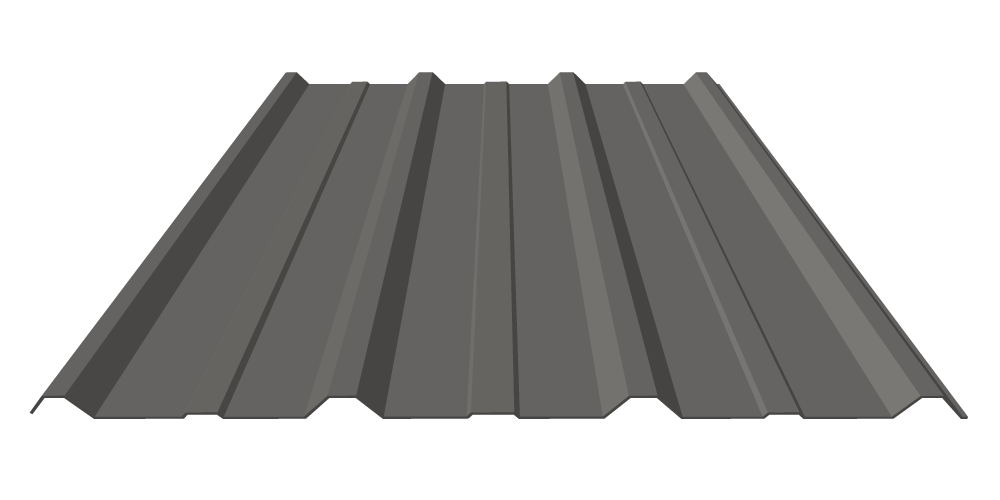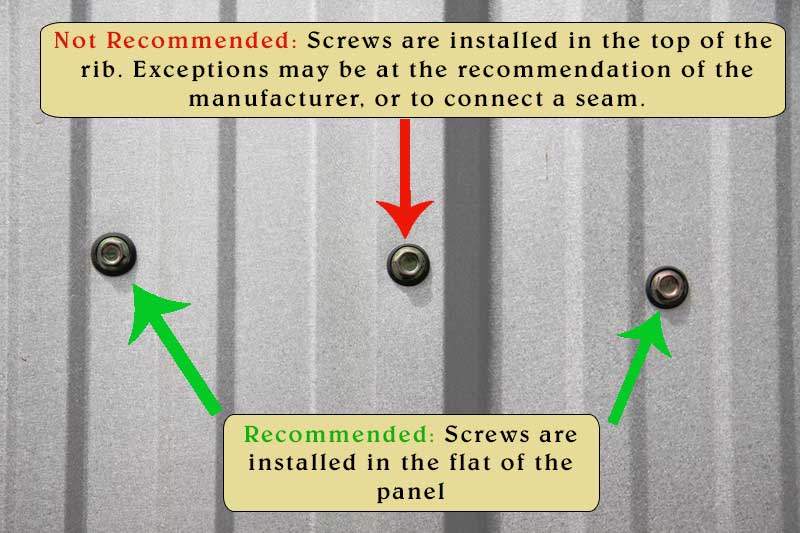Why Is Metal Roofing Nail In Flats Instead Of Ribs

Work up from the initial row starting at.
Why is metal roofing nail in flats instead of ribs. This is because a nail doesn t seal as well so should be kept out of the flat. Wood screws with combination metal and neoprene washers should be installed in the flat area of the panel adjacent to the ribs and tightened such that the washer is compressed as illustrated above. If for some reason you should decide to use nails put them through the top of the main ribs. As the metal roof expands and contracts it is likely that over time the screw will snap off.
For years steel roofing and siding had been attached with ring shanked nails read more about this and dr. Nail can split the washer and dimple the metal causing leaks. But these fasteners were notorious for leaking which is why they were always driven through the high points of the roofing profile. As a nail was driven and its head came in contact with the roofing the soft lead was supposed to conform to the surface of the roof to provide a seal.
Not on the hump. Nail can split the washer and dimple the metal causing leaks. Narrowing things down a lively discussion occurred including some of his grad students on whether steel roofing and siding for post frame buildings should be attached with screws through the flats or on the tops of the high ribs. And never put a metal roof on treated lumber.
Old time roofers still continued to pre drill on the ribs while the sheets were stacked flat on the ground but then used the new gasketed screws anyway. Not any of the humps. Place the first screw about 7 inches from the bottom and each subsequent screw about 18 to 24 inches apart along the vertical run. Wood screws with combination metal and neoprene washers should be installed in the flat area of the panel adjacent to the ribs and tightened such that the washer is compressed as illustrated above.
The instructions for nails still say on the ribs and not in the flats on most mfg. Which one is correct. Screw the flats not the humps. After doing it that way all that time it hasn t changed.
Lay the starter row of metal shingles at the drip edge and affix to the roof with metal roofing nails.


















